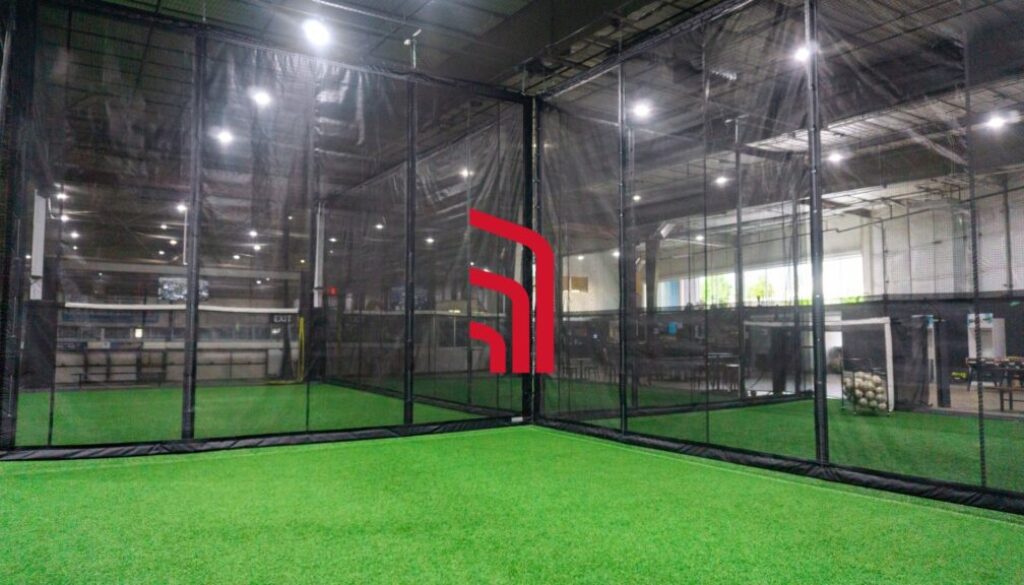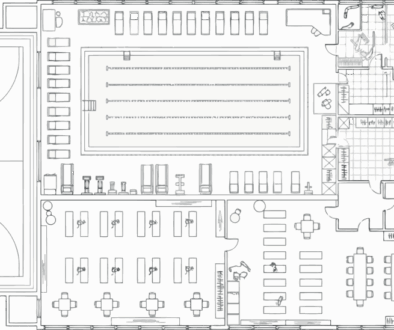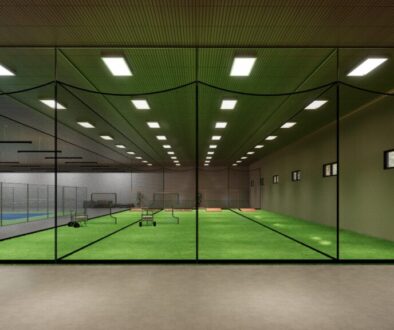Mesh vs Netting For Indoor Sports Facilities: Choosing the Best Option For You
Choosing between mesh and netting for indoor sports facilities can significantly impact the functionality of your space. Each type offers distinct advantages and drawbacks depending on the facility’s services and specific needs. Understanding these differences will help your facility operate more smoothly. In this blog post, we will explore the differences between netting and mesh, as well as explain how to determine the best option for your facility.
Including netting or mesh expenses within a business plan is crucial for your space and operations. What you purchase will change depending on your needs and the services you offer. I’ve seen many people create a business plan without discussing these things. They often end up with thousands of dollars in costs they didn’t plan for – from the pricing to delivery and installation of the netting or mesh. It’s essential to add costs like these to keep your business plan successful.
Netting for Indoor Sports
Netting is perfect for baseball or softball facilities. The fastballs hitting the net can increase safety and security. Mainly, netting can protect both the participants and viewers from getting hit by balls going high speeds. Another benefit of netting is that it can be cheaper than mesh. If you are trying to keep costs down, netting will fit more within your budget.
Many businesses sell safety netting in a variety of weights. You can choose the one that will best fit your facility – a #36 net for youth play versus a #60 and above for more professional and collegiate skill levels. One of the aspects you need to take into consideration is that manufacturers may have different ideas about the weight of a net. One manufacturer may call it a different weight than another manufacturer – so it can be difficult to compare prices between two different manufacturers and get an accurate weight for what you need.
Mesh For Indoor Sports
Mesh is perfect for any multi-use facilities or ball sports, such as soccer or futsal. The only sport it’s not recommended in is baseball or softball, which have continuous hits to the same area. One new mesh containment product is the Quad Curtains, from Grand Slam Safety. The Quad Curtains are an automated delivery system that splits your facility into quadrants when needed. This product works perfectly for soccer facilities, that regularly split their facilities into sections for play. Grand Slam Safety’s mesh can be used for both perimeter fencing and divider curtains.

One of the best parts about installing mesh at your sports facility is that it can give you more turf space. When hit with a ball, mesh deflects less than netting would. Due to this, you can install mesh closer to permanent structures, such as walls. This will save you thousands of square feet of turf when compared to a netting’s runoff turf area.
Conclusion
Choosing the best mesh vs. netting option for your indoor sports facility depends on the type of facility and services you offer and how much space your facility has. Check out Grand Slam Safety to learn more about their automated mesh delivery systems. For more insights into creating a strong business plan, book a free custom consultation with our experts.



